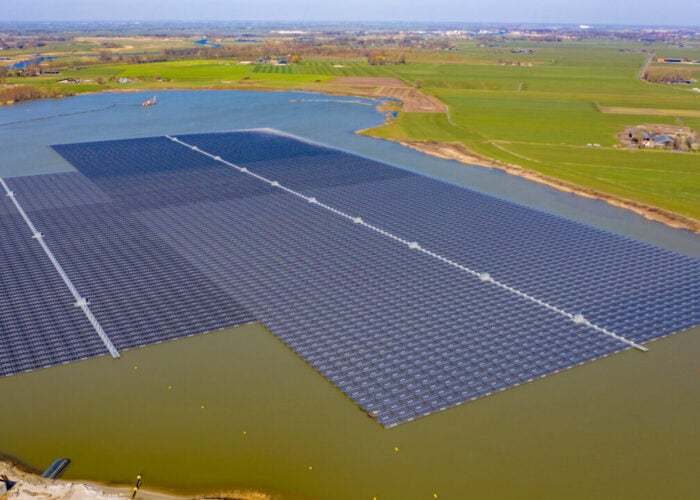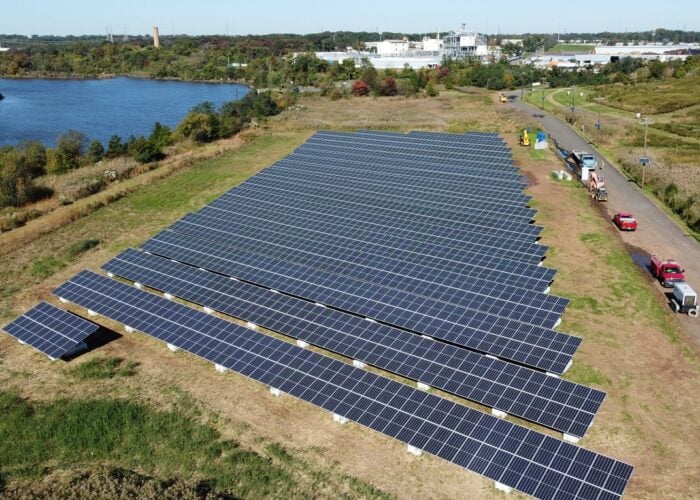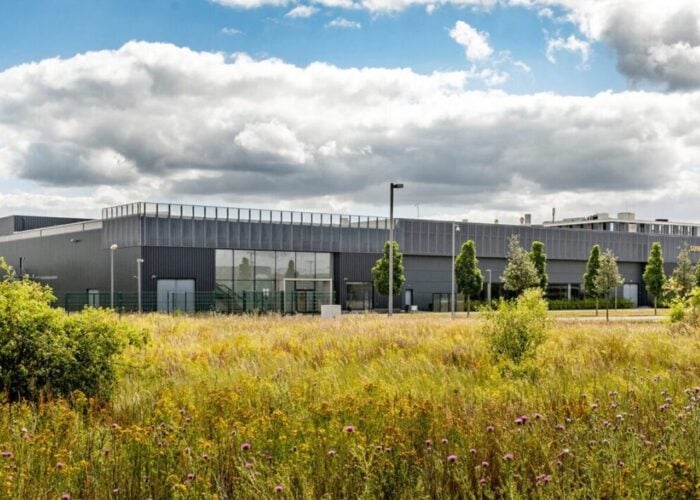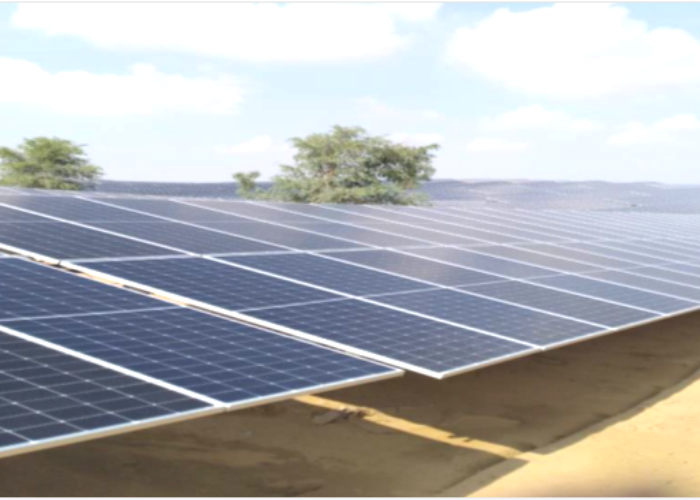
Despite record installations of renewables generally and solar PV specifically in 2023, the global energy transition remains “off track” and geographically imbalanced.
That is the headline conclusion of a report published today by the International Renewable Energy Agency (IRENA) as the COP29 climate change conference gets underway in Baku, Azerbaijan.
Unlock unlimited access for 12 whole months of distinctive global analysis
Photovoltaics International is now included.
- Regular insight and analysis of the industry’s biggest developments
- In-depth interviews with the industry’s leading figures
- Unlimited digital access to the PV Tech Power journal catalogue
- Unlimited digital access to the Photovoltaics International journal catalogue
- Access to more than 1,000 technical papers
- Discounts on Solar Media’s portfolio of events, in-person and virtual
Or continue reading this article for free
Last year, renewable energy capacity increased by a record 473GW, with solar PV accounting for 347GW of that.
But with 83% of these additions happening in the traditionally strong markets of China, the European Union and United States, the ‘World Energy Transitions Outlook 2024’ report said countries in the Global South were being “left behind”.
As a consequence, the chances that the Paris Agreement of 2015 – in which the international community agreed to limit temperature increases to less than 1.5 degrees Celsius above pre-industrial levels – will be achieved are becoming “increasingly remote”, IRENA said.
One of the outcomes of the COP28 meeting in the United Arab Emirates a year ago was a commitment to triple renewable energy deployment by 2030.
To triple renewable energy capacity worldwide to 11.2TW, IRENA said an average of 1,044GW would need to be installed annually between now and the end of the decade, a compound annual growth rate of 16.4%.
Currently, installed solar PV capacity reached 2TW globally, according to recent data from the Global Solar Council. This new threshold took two years to happen, after reaching the first terawatt in 2022. However, the GSC urged to further accelerate the pace of solar PV added to reach 1TW of annual capacity additions to meet the global tripling renewables target set at COP28.
IRENA said two key priorities for achieving this should be expanding renewables in areas outside the usual leading markets and scaling up renewables other than PV, although the report said solar would continue to play a central role in decarbonisation efforts.
IRENA said “intensive” international collaboration would be needed to meet the 2030 renewables target and the bigger goal of decarbonisation by 2050. It added that the 1.5 degrees target was still “technically feasible and economically viable” but would require increased commitment, policy support and investment “at scale”.
In particular, IRENA said countries’ individual pledges of action, known as nationally determined commitments (NDCs), needed to go further as they are currently collectively set to deliver only half of the 2030 renewables target.
Alongside these commitments, IRENA said investment would need to increase to meet the estimated US$31.5 trillion costs of the 2030 target.
“We have reached crunch time,” said IRENA director-general Francesco La Camera. “A robust global finance deal and the next NDCs in 2025 are ‘make or break’ moments to keep 1.5°C alive. NDCs 3.0 provide the last opportunity this decade for countries to step up their stated ambitions.
“Particularly, an agreement on a new quantified goal for climate finance at COP29 is critical to ensure a just transition, support investments in the Global South and empower countries to step up their NDC ambitions. 1.5°C hinges on efforts by G20 countries. Their NDCs must match global commitments to triple renewable power capacity and double energy efficiency by 2030.”
Grid flexibility
A further challenge for policymakers is to find new market structures that allow greater deployment of energy storage and other grid flexibility measures, which are seen as key to enabling higher penetrations of variable renewable energy.
As a rough guide, the report said policymakers should plan for 1-2MW of energy storage per 10MW of renewable energy generation capacity, but said targets for grid expansion and storage should be defined based on integrated assessments of national generation mixes and flexibility resources.
“Transitioning the current power system from fossil fuels to renewables requires stronger and more flexible power grid networks. This can be provided by energy storage solutions, demand-side management, and sector coupling technologies and strategies. Particularly, energy storage is one technical key enabler towards a fully decarbonised, 100% renewable power system,” IRENA said.
Alongside the main World Energy Transitions Outlook 2024, the IRENA Coalition for Action has issued a separate document detailing the preliminary findings of the first of a series of reports it is publishing that will offer detailed recommendations to policymakers on PV, storage, and grids.
The ‘Key enablers for the energy transition solar and storage – preliminary findings’ report explores the importance of PV-storage hybrids in accelerating the energy transition and highlights the “pressing” need for national energy storage targets.
It argues that “siloed” policymaking continues to “hinder the systemic shifts” needed in energy policy and planning, specifically around energy market operation, pricing mechanisms and finance.
The preliminary report argues that storage must be factored into grid modernisation and grid infrastructure expansion planning on the basis that flexibility, and the way storage provides it, will be a key driver of the energy transition.







